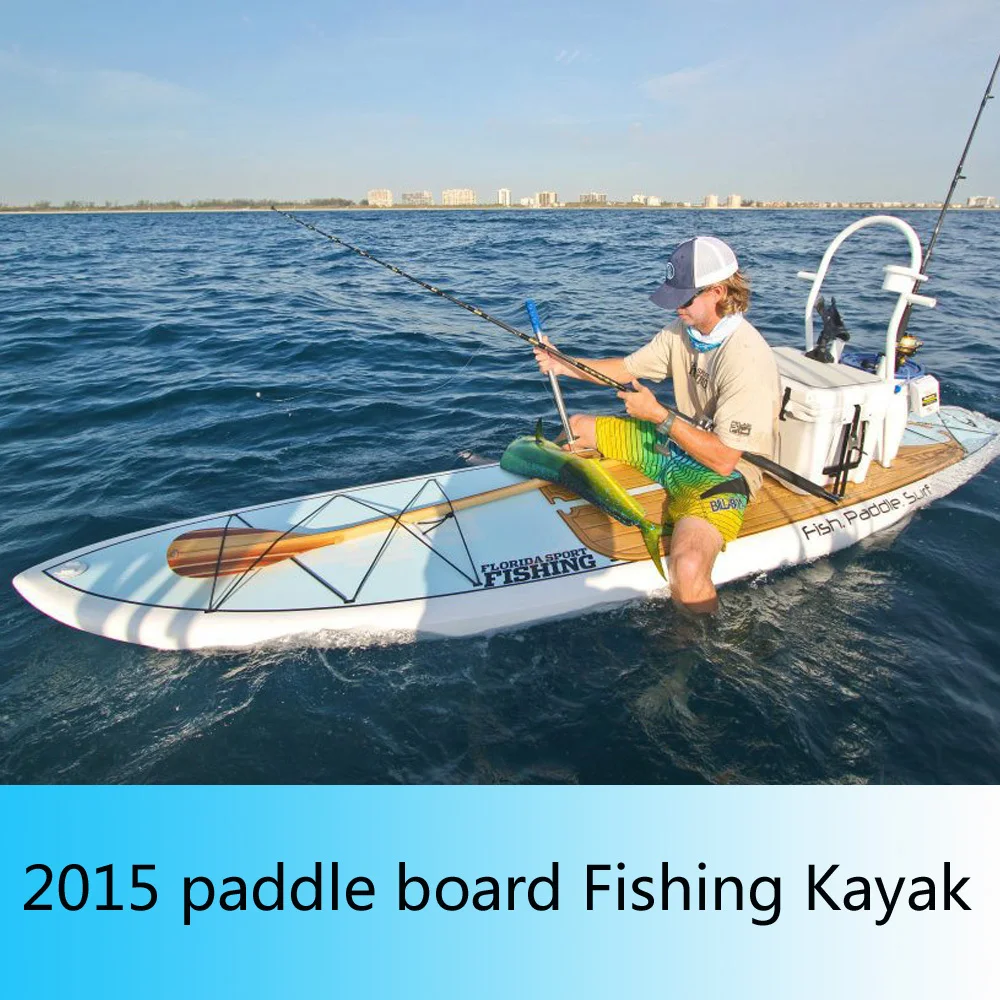
They act as an extension to the width of your vessel, and the further out from the yak they are, they more stable your vessel should be. With a fishing yak, they are often mounted towards the rear of the vessel, not in the center, to avoid getting in the way of your paddle or fishing line.īecause the outriggers are giving your yak an almost catamaran style hull, this is what can help to prevent it from tipping. Outriggers are essentially floats – often cylindrical in shape – that are usually attached to poles, which are then attached to either side of your yak. With the additional flotation system set out on either side of your yak, it can mimic the stability of a wider yak.Įxtra stability can also be helpful if you’re new to paddling, as it can give you the reassurance that you’re not going to flip out. If you plan to fish in rough conditions or the open ocean, having an outrigger system on your yak can help to prevent you from tipping over.


However, it’s not just fishing that an outrigger can be useful for. This can be helpful when you’re fishing, as it can be easier to cast your line and allow you to have better visibility. > DIY canoe outriggers (how-to) Why Do I Need An Outrigger?īecause an outrigger can boost the stability of your vessel, it can allow you to do things that you may not otherwise be able to do, such as standing up. Just like stabilizers or training wheels on a child’s bike, an outrigger can help to balance your yak and prevent it from tipping over.

Outriggers act as a support system for your kayak.


 0 kommentar(er)
0 kommentar(er)
